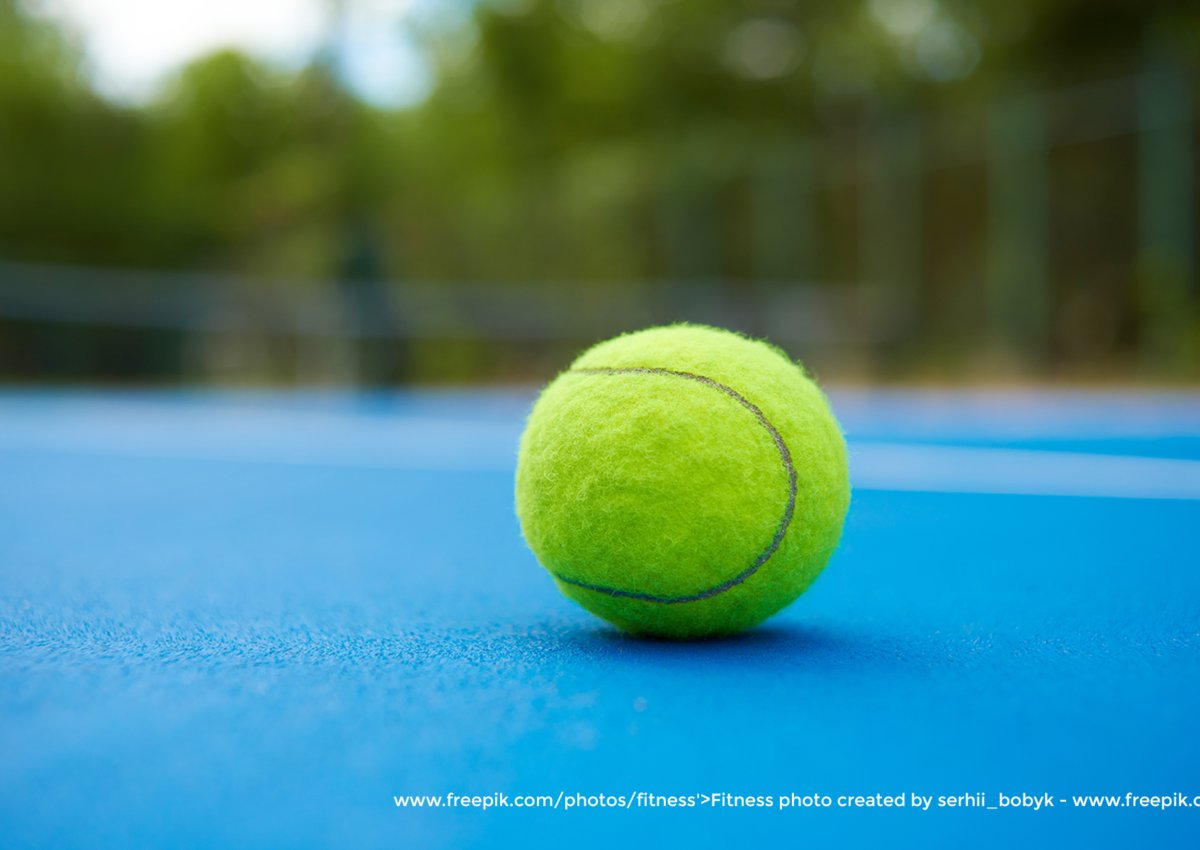
A General Liability policy provides protection for tennis teams and leagues, as well as for tennis club owners, directors, officers, employees, and volunteers against claims of bodily injury, property damage and personal / advertising injury. This policy provides legal defense and will pay up to policy limit in event of adverse jury verdict or settlement.
Accident Insurance pays for out-of-pocket medical costs incurred by injured participants including players and other staff.
Specialty Areas
- Tennis teams
- Tennis leagues
- Tennis tournaments
- Tennis facilities
- Tennis instructors
Others Have Purchased
- Tennis facility insurance
- Tennis tournament insurance
- Tennis instructor insurance
Tennis is an immensely popular sport among people of all ages. It’s one of the safer competitive sports, but accidents and injuries can and do occur. Errant tennis balls, swinging racquets, and trip-and-fall accidents can all cause considerable damage to people and property, which is why tennis insurance is critical. Tennis organizations, instructors, and facility owners/managers need to be aware of the potential risks on the courts to players and spectators.
Some of the factors that can increase the risk of injury to players include:
- Incorrect techniques
- Failure to warm up/cool down
- Overexertion and heat exhaustion
- Previous injury
Common Tennis Injuries
- Tennis Elbow is caused by overuse of a particular arm muscle. Proper strengthening, warm-up routine, and stroke technique will help lessen the risk of developing tennis elbow.
- Shoulder Injuries are typically also due to overuse and/or poor conditioning and strength of the rotator cuff muscles.
- Stress Fractures result from a too rapid increase in training. As muscles tire, more stress is put on bones. If this occurs too quickly, the bone can’t adjust quickly enough to accommodate the forces which may result in stress cracks. Proper strength and endurance training are the best methods of prevention.
- Muscle Strains typically result from quick, sudden moves. A proper warmup and stretching can help decrease the risk of strains.
Safety on the Courts
In our litigious society, what seems like a simple problem or injury could bankrupt you if someone sues for damages. Being proactive is your best defense a lawsuit:
- Standing water on the court and crumbling or cracked surfaces are the makings of a slip-and-fall accident.
- A shaded shelter with seating should be available for players in order to avoid heat exhaustion.
- Water fountains should be located adjacent to tennis courts so players avoid dehydration and overheating. Alternatively, use a portable water cooler.
- Have a Red Cross-approved first aid kit on site to deal properly with player and guest accidents.
- Check perimeter fencing for buckling, rust, snags, and sharp edges. Clear build up of debris that can cause water to puddle and impedes runoff.
- Examine the light poles on each court for burnt out bulbs.
- The net should be checked for fraying, tears, and that it is attached firmly to the posts.
- Proper lightning notification and evacuation procedures should be in place.
- AEDs should be readily available for cardiac events and staff should be trained.










